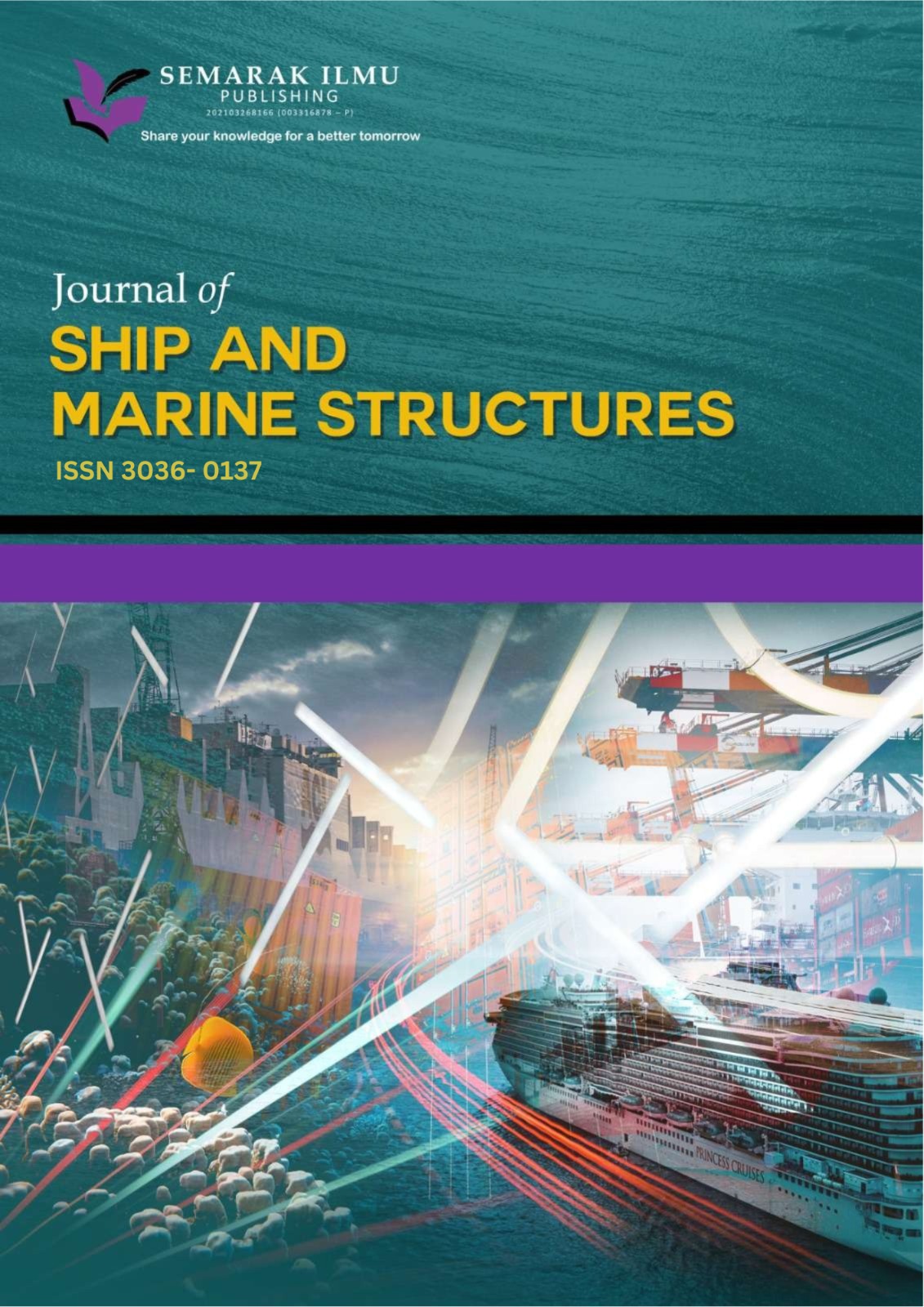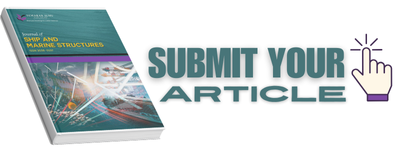Performance Enhancement of Four Phase 8/6 Switched Reluctance Motor for Ship Propulsion System
Keywords:
Ship Propulsion motor, Switched Reluctance Motor (SRM), All Electrified Ships (AES), Cascaded Artificial Neural Network (CANN), hysteresis current control, speed and torque controlAbstract
Nowadays, the use of electric propulsion in navy ships is not a unique idea in the field of marine industry. Power systems on board ships began with lights, advanced to electrified ship vessels that employed electrical motors as a propulsion system, and ultimately to the impression of All Electrified Ships (AES), which enabled all vessel sources of power to serve both the loads of auxiliary and propulsion systems. Because of the high demand for power generation in naval as well as in commercial ships, various generations of electrical motors must be used, and reformation in high power electronics aids in adjusting and driving the system. The control strategy for torque ripple suppression is presented and discussed in this study, and it is based on a Hysteresis controller to create a superior PWM and Cascaded Artificial Neural network (CANN). When compared to other approaches, CANN has been regarded as a promising method due to its generality, reduced complexity, stability, and accuracy. To demonstrate our technique, simulation results for torque ripple elimination at various speeds are examined. Finally, the pertinent findings are presented. Matlab/Simulink is used to create the simulation platform. The operational characteristics of the switching reluctance motor have been greatly improved. Furthermore, this study introduces the advantages of motors that could be used in vessel propulsion systems, as well as the significance of increasing the (8/6) type switched reluctance motors phases and by means of control strategies to address the major drawback in the motors, which is nothing but the torque ripples, and recommended to substitute SR motors rather than other machine which are used in vessel propulsion technology.










